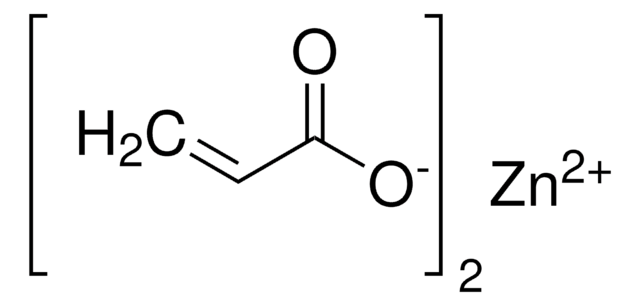Kluczowe dokumenty
552348
2-Carboxyethyl acrylate
contains 900-1100 ppm MEHQ as inhibitor
Synonim(y):
β-(Acryloyloxy)propionic acid, β-Carboxyethyl acrylate, 3-(Acryloyloxy)propionic acid, 3-Acryloyloxypropanoic acid, Acrylic acid 2-carboxyethyl ester, Acrylic acid dimer
About This Item
Polecane produkty
zawiera
900-1100 ppm MEHQ as inhibitor
współczynnik refrakcji
n20/D 1.457 (lit.)
pH
2.95 (10 wt. % in H2O)
bp
103 °C/19 mmHg (lit.)
rozpuszczalność
H2O: soluble
gęstość
1.214 g/mL at 25 °C (lit.)
temp. przechowywania
2-8°C
ciąg SMILES
OC(=O)CCOC(=O)C=C
InChI
1S/C6H8O4/c1-2-6(9)10-4-3-5(7)8/h2H,1,3-4H2,(H,7,8)
Klucz InChI
CYUZOYPRAQASLN-UHFFFAOYSA-N
Powiązane kategorie
Zastosowanie
Cechy i korzyści
Hasło ostrzegawcze
Danger
Zwroty wskazujące rodzaj zagrożenia
Zwroty wskazujące środki ostrożności
Klasyfikacja zagrożeń
Eye Dam. 1 - Skin Corr. 1B
Kod klasy składowania
8A - Combustible corrosive hazardous materials
Klasa zagrożenia wodnego (WGK)
WGK 3
Temperatura zapłonu (°F)
230.0 °F - closed cup
Temperatura zapłonu (°C)
110 °C - closed cup
Środki ochrony indywidualnej
Faceshields, Gloves, Goggles, type ABEK (EN14387) respirator filter
Wybierz jedną z najnowszych wersji:
Masz już ten produkt?
Dokumenty związane z niedawno zakupionymi produktami zostały zamieszczone w Bibliotece dokumentów.
Klienci oglądali również te produkty
Nasz zespół naukowców ma doświadczenie we wszystkich obszarach badań, w tym w naukach przyrodniczych, materiałoznawstwie, syntezie chemicznej, chromatografii, analityce i wielu innych dziedzinach.
Skontaktuj się z zespołem ds. pomocy technicznej







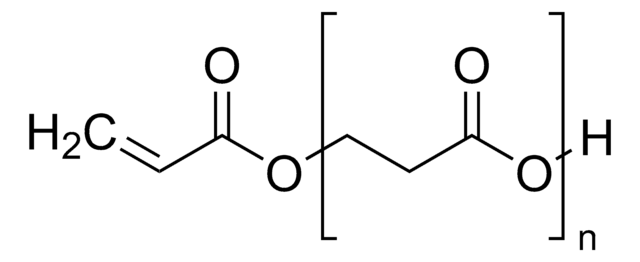
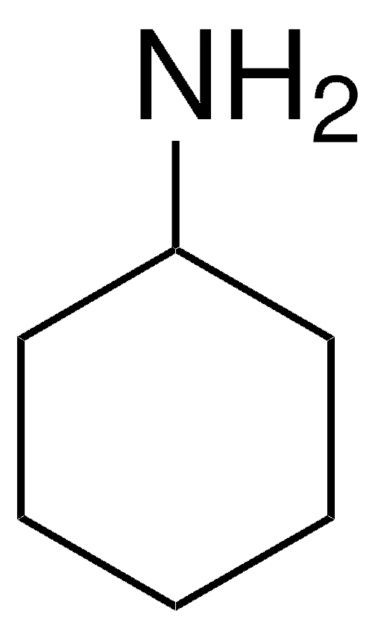

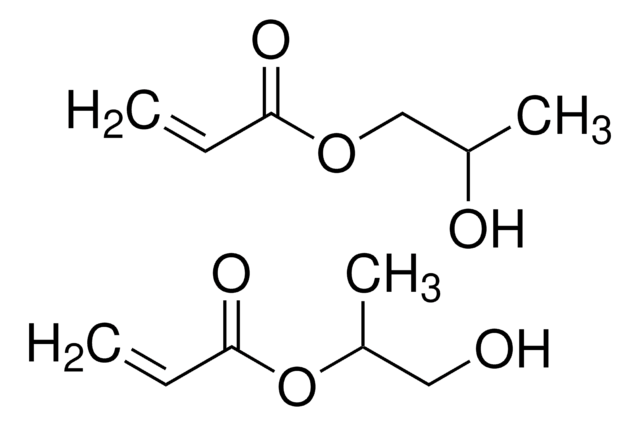

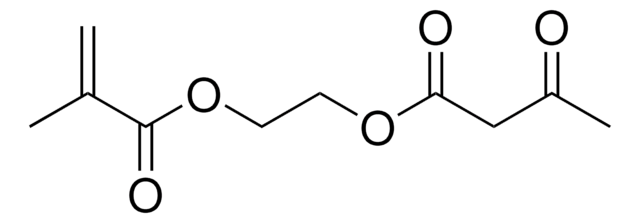
![Bis[2-(methacryloyloxy)ethyl] phosphate](/deepweb/assets/sigmaaldrich/product/structures/128/336/4e7a3e38-338c-423e-95b8-70d9d1f8e121/640/4e7a3e38-338c-423e-95b8-70d9d1f8e121.png)

